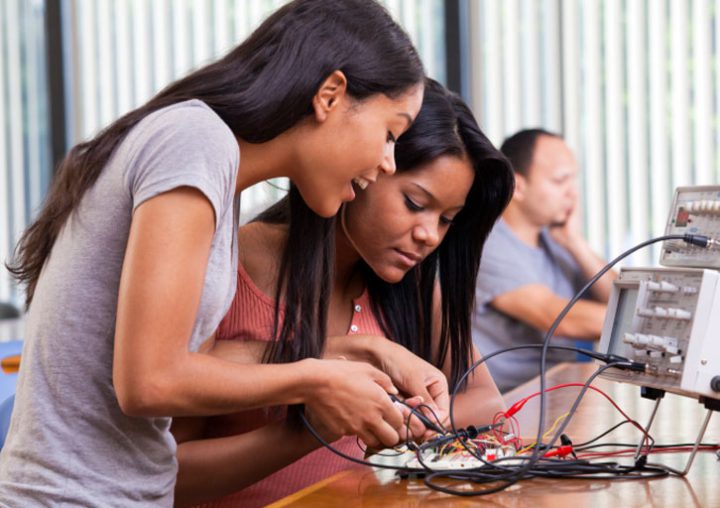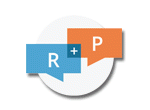Learning STEM Through Design: Students Benefit from Expanding What Counts as "Engineering"

Why It Matters To You
- Teachers should embed engineering cycles in their science instruction and heighten relevance by focusing on local and community-centered design.
- District staff and PD providers should help teachers include engineering design in their teaching and provide them with relevant tools and skills to facilitate the design work of students.
- School Leaders should support building capacity in engineering and design instruction in science across K-12 grades as an equity priority.
What is the Issue?
Engineering design activities can be a powerful entry point into science learning. Engineering is typically defined very narrowly in K-12 education, which keeps students from engaging in rich classroom activities that connect professional practices to the many ways engineering and design can play out in their personal lives and communities. For this reason, it is useful to promote a broad view of "engineering" in the classroom.
Authors:
MEG ESCUDÉ, MOLLY SHEA, AND PHILIP BELL
Issues to Think About
- Where in your curriculum can you have students identify a problem in their community or home that leverages scientific knowledge in NGSS and then design a solution to address it?
- What practices do youth engage in that you can leverage as part of their communities or personal hobbies that involve iterative design or engineering processes?
- Engineering is interdisciplinary. What are some everyday endeavors where engineering design can be brought to bear?
- When does the design work of students not involve an engineering approach?
Things to Consider
- Classroom design opportunities give learners a chance to tangibly wrestle with and apply their understanding of scientific concepts. It can allow them to do this work in contexts that are more familiar to them (e.g., building a self-propelled vehicle, designing a functioning garden ecosystem, tinkering / building projects, designing a process).
- Design work involves critical thinking and planning. Within the design process, teachers should highlight scientific concepts, help identify the audience needs for the work, entice creative problem identification and solutions, draw on community and expert knowledge, and reinforce the practices of iteration, prototyping, failure analysis, and working within design criteria and constraints.
- Design and engineering practices can contribute to solving community-based problems and engage the interests of students who may not see the relevance of engineering in their lives. Design projects conducted by youth and communities can lead to engaged STEM learning, broadened definitions of engineering, and leverage a wider range of design-related professional and everyday practices.
Attending to Equity
- There is great value in recognizing and identifying the sophistication of thought inherent in occupations like cooking or construction—and makes connections to academic or professional definitions of those same practices. Framing seemingly disparate careers as related helps students see family experiences as learning resources.
- It is crucial to expand what counts as engineering in order to see how it permeates many endeavors in everyday life. Cultures have historically engaged in engineering to develop solutions to problems. Leverage community resources about design and engineering in instruction. This positions students and community members as experts and elicits their knowledge related to design.
- Many youth have extensive experience observing or engaging in design projects that develop solutions to everyday problems or interests that matter to them. The design knowledge and identities of youth can be leveraged in instruction to help other students.
Recommended Actions You Can Take
- Learn about engineering design in the NRC Framework & the NGSS, and how the science and engineering practices differ.
- Adapt your curriculum to make new entry points into STEM learning by embedding engineering / design projects or lessons for students.
- Learn how to leverage learners' prior knowledge, interest & identity.
ALSO SEE STEM TEACHING TOOLS
STEM Teaching Tools content copyright 2014-22 UW Institute for Science + Math Education. All rights reserved.
This site is primarily funded by the National Science Foundation (NSF) through Award #1920249 (previously through Awards #1238253 and #1854059). Opinions expressed are not those of any funding agency.
Work is licensed under a Creative Commons Attribution-ShareAlike 4.0 Unported License. Others may adapt with attribution. Funded by the National Science Foundation (NSF). Opinions expressed are not those of any funding agency.


 Email Feedback
Email Feedback



